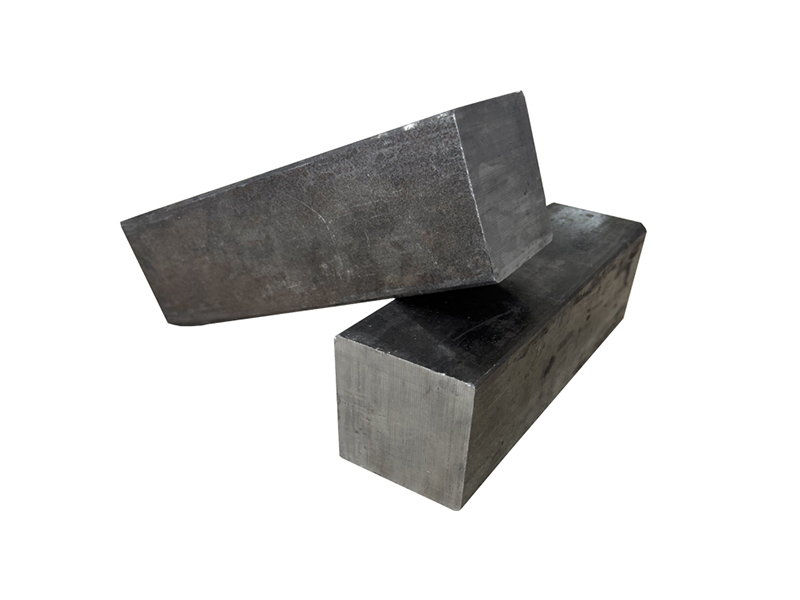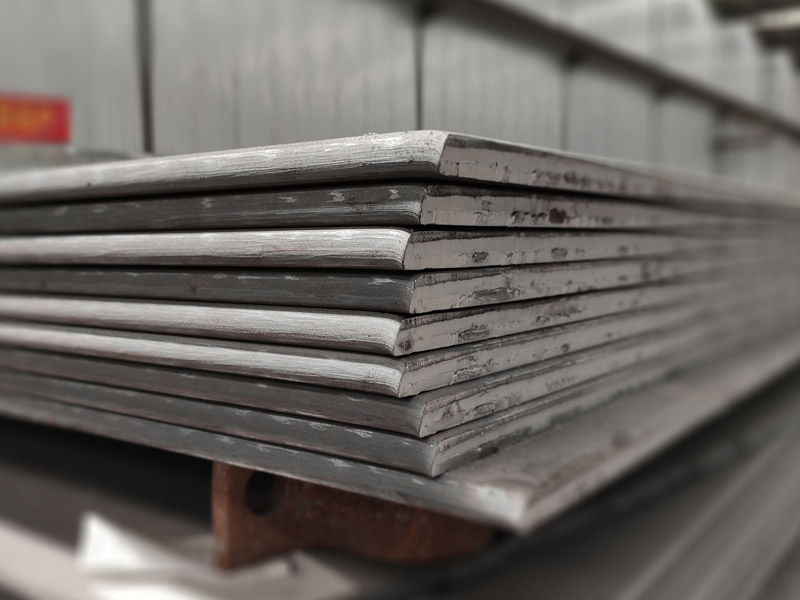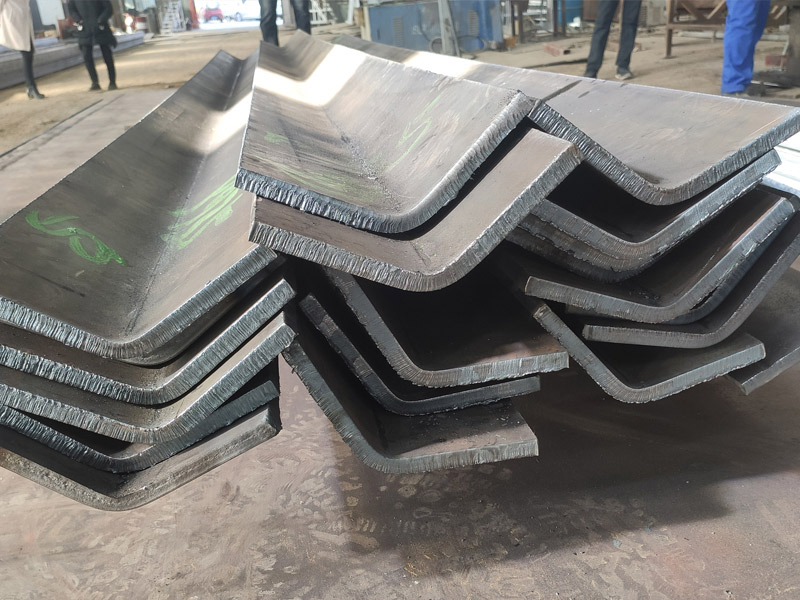ZongXiang, a prominent Chinese steel manufacturer, has recently exported a significant batch of square bars to Vietnam, reinforcing its position in the Southeast Asian market. This export aligns with the broader trend of strengthening trade ties between China and Vietnam, particularly in the industrial and manufacturing sectors. The shipment, comprising high-quality square bars, underscores ZongXiang’s commitment to meeting Vietnam’s growing demand for steel products, driven by its booming construction, manufacturing, and infrastructure development.
Square bars, known for their versatility, are widely used in construction, machinery, and fabrication industries. Vietnam’s rapid urbanization and industrialization have fueled the need for such materials, making it a key market for Chinese exporters like ZongXiang. According to recent trade data, China remains Vietnam’s largest trading partner, accounting for 26% of Vietnam’s total trade turnover in 2024, with steel and related products forming a significant portion of these exports. The square bars exported by ZongXiang are likely to support Vietnam’s ongoing infrastructure projects, including high-tech manufacturing facilities and urban development initiatives.
This export comes at a time when Vietnam faces increasing scrutiny from the United States over its reliance on Chinese imports, particularly in the context of transshipment to avoid U.S. tariffs. The Trump administration’s threat of 46% tariffs on Vietnamese exports has put pressure on Vietnam to diversify its supply chains and reduce dependence on Chinese tech and materials. Despite these challenges, ZongXiang’s export demonstrates confidence in Vietnam’s market resilience and its role as a manufacturing hub for global brands like Apple and Samsung.
ZongXiang’s strategic move also reflects China’s vital role in Vietnam’s electronics and construction supply chains, as highlighted at the Vietnam International Electronics Expo 2025. Vietnamese officials and businesses continue to view China as an essential partner for stable supply chains, particularly for high-demand materials like steel. The square bars, likely produced to meet stringent quality standards, cater to Vietnam’s need for reliable raw materials to support its export-oriented growth model.
Moreover, this export aligns with Vietnam’s efforts to move up the value chain, with high-tech products now comprising over 50% of its merchandise exports. ZongXiang’s square bars could play a critical role in supporting Vietnam’s manufacturing sector, which is increasingly focused on advanced industries. As Vietnam navigates trade tensions and seeks to expand its export markets, partnerships with reliable suppliers like ZongXiang are crucial for sustaining economic growth.
In conclusion, ZongXiang’s export of square bars to Vietnam strengthens bilateral trade ties and supports Vietnam’s industrial ambitions. While geopolitical challenges, such as U.S. tariff threats, loom large, the continued demand for Chinese steel underscores the deep interdependence between the two nations. This shipment not only bolsters ZongXiang’s market presence but also contributes to Vietnam’s development as a global manufacturing powerhouse.




